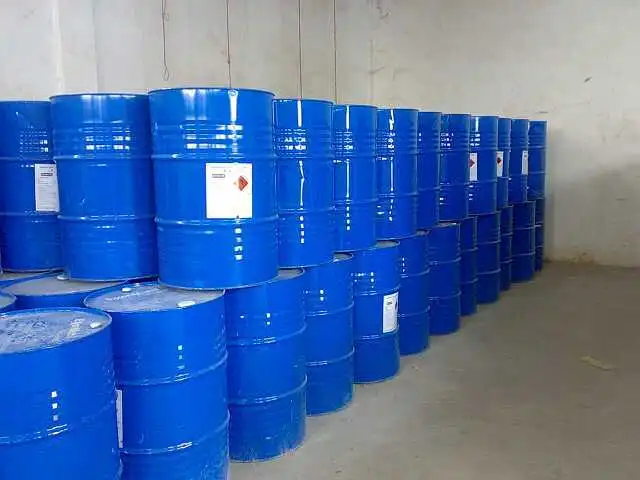Izopropanòlse yon pwodui chimik endistriyèl komen ki gen yon pakèt aplikasyon. Sepandan, tankou nenpòt pwodui chimik, li gen danje potansyèl. Nan atik sa a, nou pral eksplore kesyon si izopropanòl se yon materyèl danjere lè nou egzamine pwopriyete fizik ak chimik li yo, efè li genyen sou sante, ak enpak li genyen sou anviwònman an.
Izopropanol se yon likid ki ka pran dife, li gen yon pwen ebulisyon 82.5°C ak yon pwen ekla 22°C. Li gen yon viskozite ki ba epi yon gwo volatilité, sa ki ka lakòz evaporasyon rapid ak difizyon lafimen li yo. Pwopriyete sa yo fè li potansyèlman eksplozif lè yo melanje l ak lè nan konsantrasyon ki pi wo pase 3.2% pa volim. Anplis de sa, gwo volatilité ak solubilite izopropanol nan dlo fè li yon menas potansyèl pou dlo anba tè ak dlo sifas yo.
Prensipal efè izopropanol sou sante a se lè li respire oswa lè li vale. Respire lafimen li yo ka lakòz iritasyon nan je yo, nen an ak gòj la, ansanm ak maltèt, kè plen ak vètij. Vale izopropanol ka lakòz efè sante ki pi grav, tankou doulè nan vant, vomisman, dyare ak konvulsion. Ka grav yo ka lakòz ensifizans fwa oswa lanmò. Yo konsidere izopropanol tou kòm yon toksin devlopman, sa vle di li ka lakòz domaj nesans si ekspozisyon rive pandan gwosès la.
Enpak izopropanol sou anviwònman an se sitou lè li jete oswa li lage aksidantèlman. Jan nou te mansyone pi bonè, gwo solubilite li nan dlo ka lakòz polisyon dlo anba tè ak dlo sifas si yo pa byen jete l. Anplis de sa, pwodiksyon izopropanol jenere emisyon gaz ki lakòz efè tèmik, sa ki kontribye nan chanjman klimatik.
An konklizyon, izopropanol gen pwopriyete danjere ki bezwen byen jere pou minimize domaj potansyèl pou sante moun ak anviwònman an. Enflamabilite li, volatilite li, ak toksisite li tout kontribye nan deziyasyon li kòm yon materyèl danjere. Sepandan, li enpòtan pou note ke danje sa yo ka jere avèk pwosedi manyen ak depo apwopriye.
Dat piblikasyon: 22 janvye 2024





